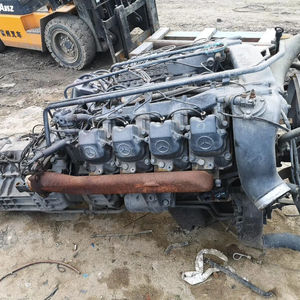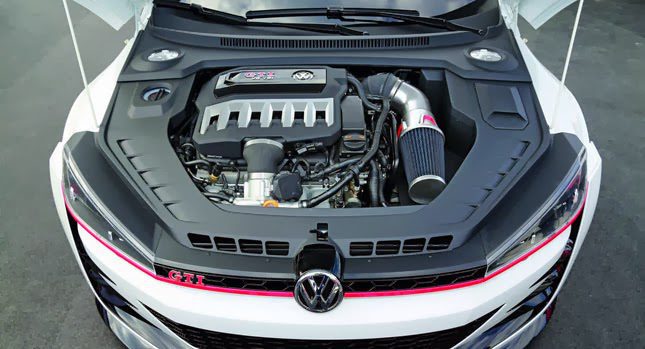Checking Out the Inner Workings of a Compact Lorry's Engine System
As vehicle drivers, we frequently consider granted the detailed processes that take place within the confines of our car's engine system. The compact yet intricate equipment that thrusts us onward is a wonder of engineering precision and control. From the controlled surges in the combustion chamber to the thorough timing of gas injection, every element plays a vital duty in the smooth procedure of the engine. In this expedition of a compact car's engine system, we will certainly decipher the internal operations of this mechanical harmony, clarifying the secrets that drive us forward on our daily journeys.
Combustion Refine Summary
The burning process in a small vehicle's engine system is an essential system that effectively transforms gas into energy to power the car. This procedure occurs within the burning chamber of the engine, where gas and air mix, ignite, and create controlled surges. The burning procedure contains 4 primary phases: consumption, exhaust, power, and compression.
During the intake phase, the piston relocates downward, reeling in a mix of air and gas into the combustion chamber. The following stage, compression, entails the piston relocating upwards, compressing the air-fuel mixture to raise its strength. Subsequently, in the power phase, the ignition system stirs up the compressed mixture, leading to a fast expansion of gases that forces the piston back down. This descending activity produces the power needed to drive the car. Ultimately, in the exhaust phase, the burnt gases are removed from the combustion chamber via the exhaust valve, preparing the chamber for the next cycle. This cyclic burning process is fundamental to the operation of a portable automobile's engine system, ensuring efficient power conversion for propulsion.
Piston and Cyndrical Tube Communication

The piston's exact fit within the cylinder is necessary for keeping optimal compression and avoiding power loss throughout combustion. Tight clearances in between the piston and cyndrical tube walls make sure efficient sealing, allowing the piston to relocate smoothly without permitting gases to leakage past. Appropriate lubrication is additionally essential to decrease friction and use between these components, improving durability and efficiency.
Moreover, the design and products utilized in producing the piston and cyndrical tube impact engine effectiveness and toughness. Modern engines usually employ light-weight yet sturdy materials like light weight aluminum alloys for pistons and cyndrical tube linings to minimize inertia and enhance thermal efficiency. In general, the unified interaction between the piston and cyndrical tube is here essential to the engine's performance and general performance.
Gas Shot System Capability
Gas shot systems in compact car engines play a crucial function in precisely providing gas to the burning chamber for efficient and regulated ignition. The gas injection system operates by infusing gas right into the burning chamber at the ideal moment during the engine's operation (opel corsa engine). This exact timing makes certain that the gas blends evenly with the air for correct burning, resulting in boosted gas efficiency and lowered emissions
There are mainly two sorts of gas shot systems used in compact car engines: port gas shot (PFI) and direct fuel shot (DFI) PFI systems inject gas right into the intake port before the consumption shutoff, while DFI systems inject gas straight right into the burning chamber. Both systems have their benefits, with DFI using much better fuel atomization and PFI supplying a much more affordable solution.
Recognizing Engine Cooling Mechanisms
Effective operation of a portable vehicle's engine relies heavily on the effectiveness of its cooling mechanisms. Engine air conditioning is important to avoid overheating, which can result in serious damages and decreased efficiency. The cooling system in a portable lorry typically includes numerous components functioning together to control the engine temperature. One vital part is the radiator, which utilizes coolant to soak up warmth from the engine. As the hot coolant moves through the radiator, it launches warmth right into the air, cooling down prior to going back to the engine. The water pump distributes the coolant via the engine and radiator, guaranteeing a regular circulation to regulate temperature level. like it Additionally, the thermostat assists regulate the coolant flow to keep optimal engine temperature level. Some vehicles likewise have cooling down followers that activate when added cooling is required, such as throughout rush hour or hot weather condition. Recognizing these engine air conditioning devices is essential for preserving the efficiency and long life of a portable vehicle's engine system.

Exhaust System Components Explained
The optimum functioning of a small vehicle's engine cooling devices depends on a complementary system called the exhaust system, which consists of various necessary parts for making certain effective exhausts and engine efficiency. The exhaust system includes elements such as the exhaust manifold, catalytic converter, muffler, and tailpipe. The exhaust manifold gathers exhaust gases from the engine's courses and cylinders them to the catalytic converter. The catalytic converter then converts dangerous contaminants in the exhaust right into less unsafe discharges prior to launching them with the muffler and tailpipe.
One crucial element of the exhaust system is the oxygen sensing unit, which monitors the oxygen levels in the exhaust gases to help control fuel usage and make certain optimum engine performance. opel corsa engine. Furthermore, the resonator may exist in some exhaust systems to minimize noise degrees. On the whole, the exhaust system plays a vital duty in preserving engine performance, decreasing harmful discharges, and ensuring a quieter driving experience for small car proprietors

Final Thought
To conclude, the portable automobile's engine system is a complicated mix of components that interact to help with the combustion process, transform gas into energy, and eliminate waste gases. Comprehending the inner workings of the engine system, consisting of the piston and cyndrical tube communication, gas shot system, engine air conditioning devices, and exhaust system components, is crucial for keeping ideal efficiency and efficiency of the vehicle.
The combustion procedure in a small car's engine system is an important device that effectively transforms fuel into energy to power the lorry.Fuel injection systems browse around here in portable automobile engines play a crucial duty in exactly delivering fuel to the burning chamber for regulated and efficient ignition.There are primarily 2 types of gas injection systems utilized in portable automobile engines: port gas shot (PFI) and straight gas injection (DFI) Understanding these engine cooling mechanisms is crucial for maintaining the performance and long life of a portable vehicle's engine system.
The optimum functioning of a portable automobile's engine cooling devices depends on a corresponding system understood as the exhaust system, which comprises numerous important elements for making sure effective emissions and engine performance.